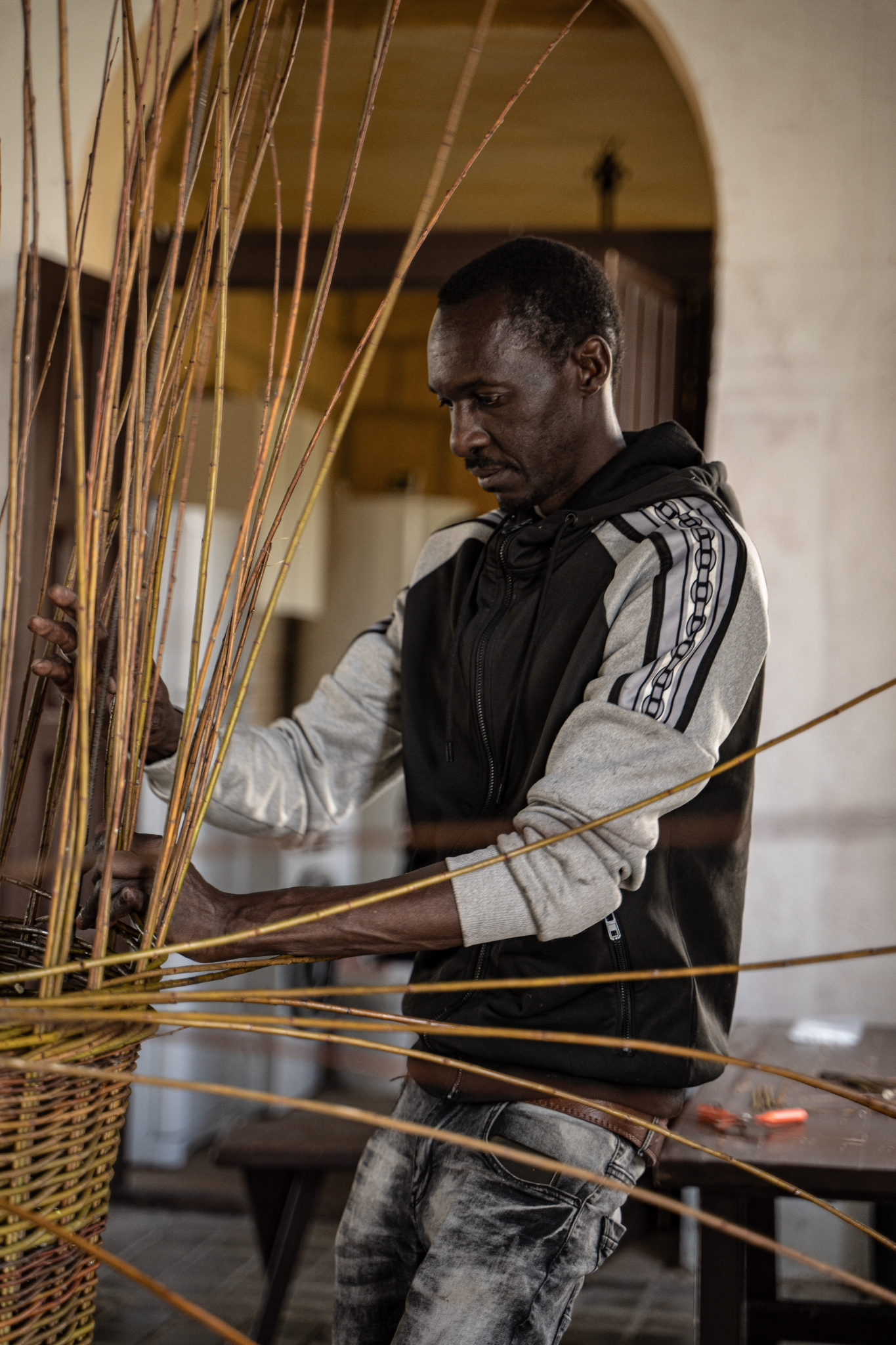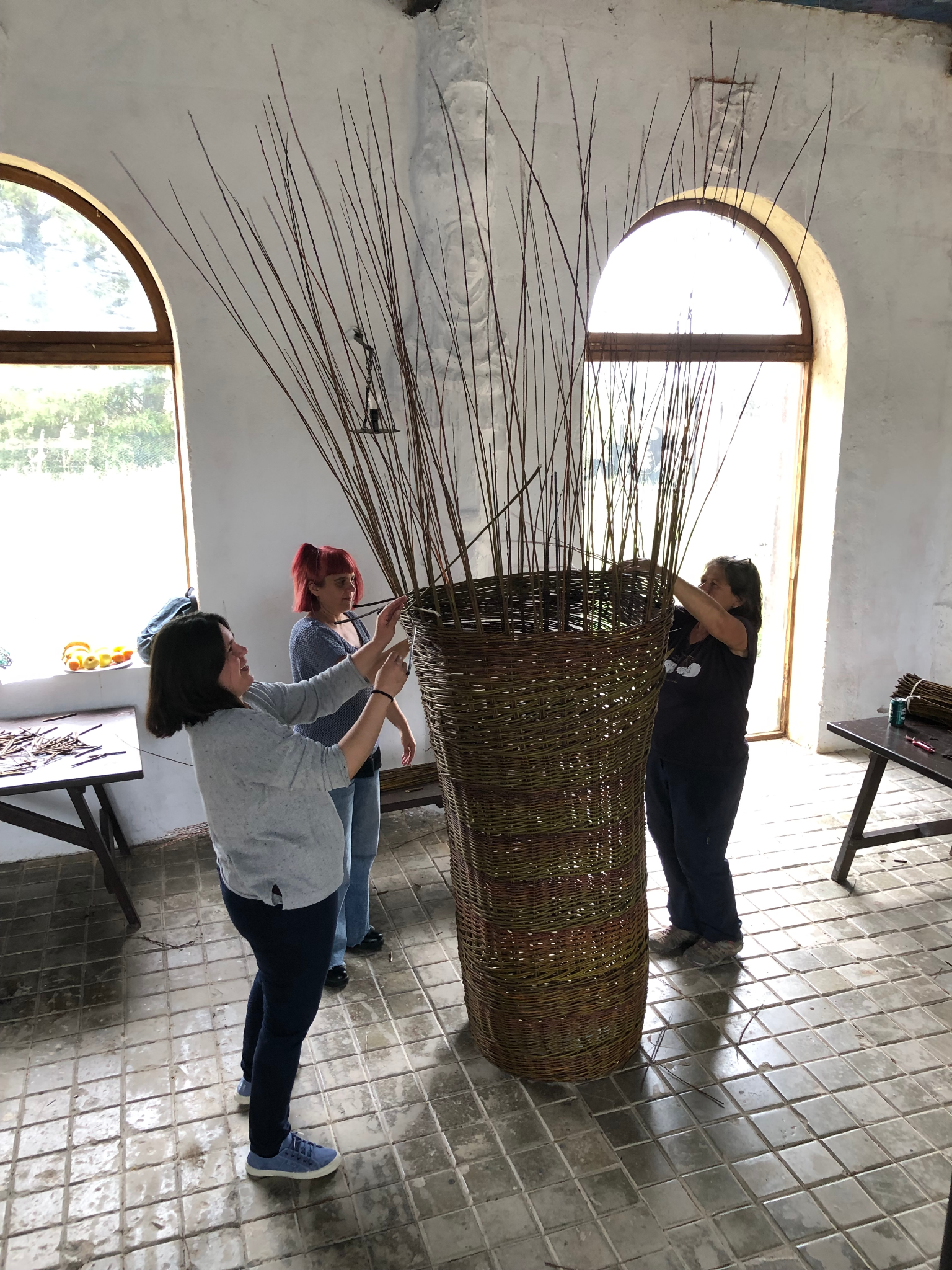AVER
AVER (Artistas Visuales en Entornos Rurales), is a project of the Ministry of Culture and Sports and Tectónica Cultural @tectonicacultural, on the occasion of the VI Foro Cultura y Ruralidades, which was held in Cuenca from July 4 to 7, 2023, in which we collaborated with Kárstica Centro de Creación.
This is a new program with four guest artists: Paula Belinchón, Isabel Campos, Rubén Chumillas and Miriam Gascón to develop a co-creative and collaborative project in the rural environment of Cuenca.
"Weaving connections: from the ruin to the temple": is a sustainable artistic intervention that looks at the concept of the temple in both its aesthetic and philosophical conception.
It is a site-specific installation that takes place on the ruins of the houses where the railway workers and their families used to live, in the station of Cañada del Hoyo (Cuenca). Thinking about the ruins not only involves thinking about the decomposition of the physical, but also has a symbolic and conceptual dimension that allows us to reflect on memory and the construction of history.
Ruins are material vestiges of past events and can be considered as silent stories of history. One of these stories tells us that reducing the ruins to worthless debris is the trace of the abandonment of rural territories and, as a consequence, isolation, depopulation and the risk of poverty. The idea of bringing the ruins to the temple refers us to worship what was as part of what we are, history and memory.
"Weaving connections: from the ruin to the temple" aims to give space and value to the rural imaginary, generating links with the territory and the people who inhabit it through the collaborative artistic practice proposed by the four artists from La Mancha.
The main material used in the installation is wicker. Currently the use of wicker is in decline in the province, but in the past it was part of the complementary economy of the families of the regions of La Alcarria and Serranía Alta de Cuenca. In order to contribute to its recovery, this material has been used and in this sense, the artisan from La Mancha, Paulina Belinchón, has transmitted her knowledge in a workshop where she has taught its handling to the population.
The reuse of natural residues that are found in the landscape of the ruins and the recovery of the aforementioned materials and traditional ways of doing things, lead us to interpret history through elements connected to the same territory, thus contributing to the creation of a more sustainable future, and in this way helping to revitalize rural areas.
Likewise, this artistic intervention is committed to the creation of new social and territorial links between the artists themselves and the neighbors participating in the workshop. In this way, through the emotional link with the territory, the aim is to raise awareness of the importance of protecting the cultural and natural heritage.
-
To reclaim the rural territory as a source of creativity and a space to be rescued.
To bet on culture as an engine of economic development, promoting the artistic production of local artists.
To vertebrate the territory and unite the artistic sector by promoting the creation of rural participatory networks.
Enhance the link with the territory through the use of sustainable materials from nature.














